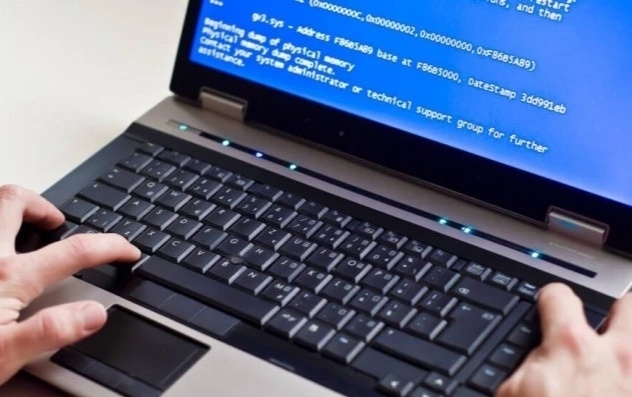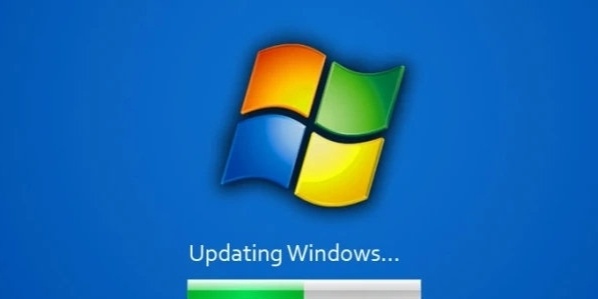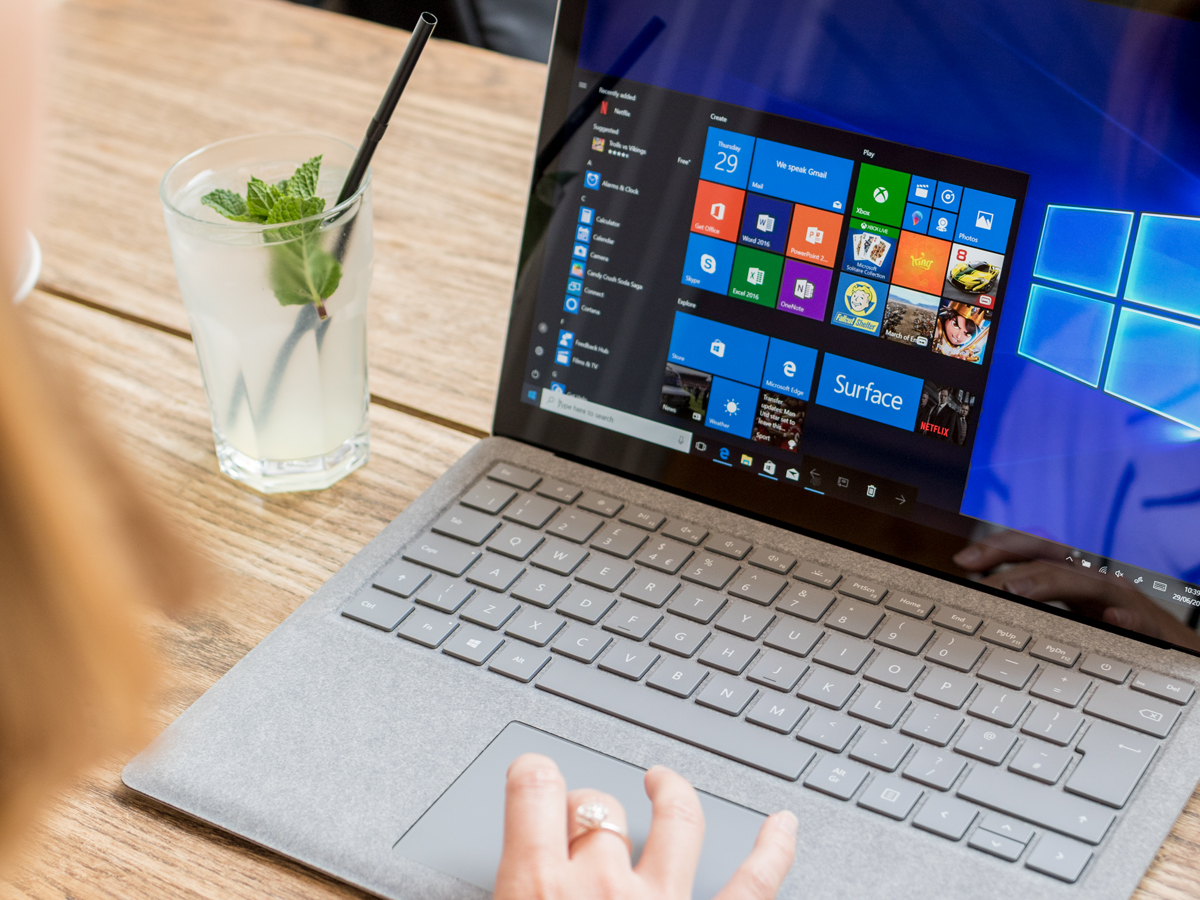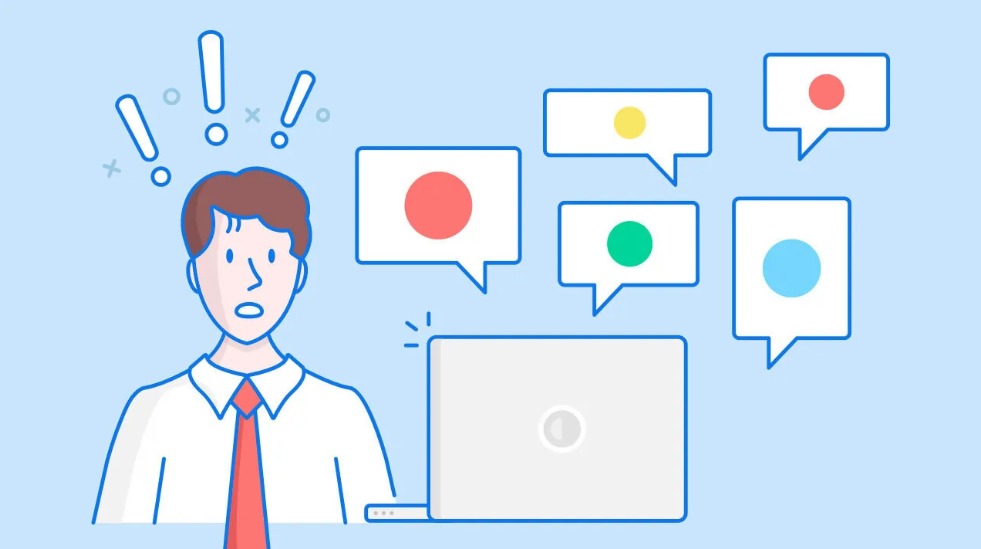A blogger concluded that there are 3 reasons why Windows 10 strongly does not recommend updating, one is more uncomfortable than the other.
After using Windows 10 for a long time, you will find that most people don’t like updating the system. Even some people who know a little bit of code will completely prohibit the automatic update of Windows 10 through low-level instructions. Why is this? The reasons can be divided into 3 points.

1. The price of excellent compatibility
First of all, we must understand that the biggest feature of the Windows system is that it can be compatible with most applications from 20 years ago, even programs from the Windows XP era can run on Windows 10. But everything has a price. For compatibility, Windows retains a lot of old code and the system is extremely bloated.
The feature of “downward compatibility” has created Microsoft’s dominance in the PC field and has also dragged down the development of Windows 10. Each update can only do addition, not subtraction. So in the eyes of users, there is no essential difference in experience between using Windows 7 and using Windows 10. Developers have the same reason. Since the software can be used normally if it is not compatible with Windows 10, naturally they don’t bother to update.

2. The updated content is too tasteless
iOS14.5 has made an improvement: users can freely choose “feature update” or “security update”. In my opinion, it is Windows 10 that needs this update option the most. Since 2014, Windows 10 has successively introduced features such as tile-style menus, notification center, Cortana, Windows Defender, game mode, OneDrive, and more.
In short, the Windows 10 update has not seen any improvements visible to the naked eye. Instead, it has brought a lot of tasteless features and slowed down the speed of the computer.

3. BUG is uncontrollable
The disadvantage of the general-purpose operating system is that the adaptation environment is too complicated to eliminate all bugs. Almost every Windows update brings new malfunctions to some computers. Because the local backup function of Windows 10 is rather tasteless, and one drive is not easy to use in China, few people will back up computer data.
Therefore, for those users who have the unfortunate blue screen + crash after updating the system, there is only one solution left: reinstall the system and lose all the data on the C drive. I have encountered such things more than once, so that every time the system is updated, I have to prepare a USB flash drive with PE installed on standby at all times. In fact, think about it carefully, why bother? The computer is used for work, not for experiencing new functions.



